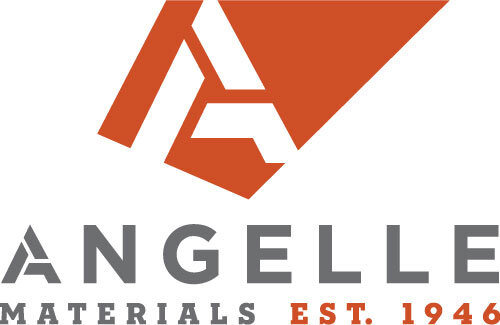Cold Weather and Concrete
This is not a topic we discuss very often in the South with our mild winters. However, with unseasonably cold temperatures this past week, the topic is certainly relevant now, albeit for hopefully only a short period of time….
So exactly what is meant by COLD weather?
The answer is not quite as cold as you might expect. The American Concrete Institute (ACI) defines cold weather as a period of more than 3 consecutive days where the average daily temperature is less than 40°F and stays below 50°F for more than one-half of any 24-hour period. Even with mild winters, these conditions are periodically experienced each winter.
When this happens there are adverse effects of cold weather on concrete which include:
Increased set times: Set times increase significantly in colder weather. A drop in concrete temperature by 20°F will approximately double the setting time.
Slower strength gain: Colder weather can delay form removal.
Freezing: Concrete must be protected from freezing until it reaches a strength of 500psi. Our new SmartRock® Plus Bluetooth sensors for concrete strength and temperature monitoring are a very valuable tool in situations such as this to know precisely when the concrete-in-place achieves this important threshold. Failure to properly protect freshly placed concrete during the first 24 hours can result in a loss of half of its 28-day strength and surface degradation.
Thermal cracking: The cement hydration process generates heat. Failure to properly insulate concrete can result in temperature differences between the surface and interior of concrete. Thermal cracking can occur when this difference exceeds 35°F.
Knowing what can happen is important, but what is more important is knowing what steps can be taken to insure a successful cold weather concrete pour.
Chemical admixtures: Calcium chloride and non-chloride, non-corrosive accelerators can be used to offset delayed setting time to improve finishing and expedite form removal. However, admixtures do not prevent concrete from freezing and their use does not preclude appropriate curing requirements.
Change mix proportions: Rate of setting and strength gain can be increased by adjusting Portland cement content if a minimum quantity of supplemental cementitious materials is not required for durability.
Place at lowest practical slump: Adding water to achieve slump can delay setting time and prolong the duration of bleeding which negatively impacts finishing.
Protect from freezing and provide proper curing: The concrete surface should not be allowed to dry before it sets to avoid plastic shrinkage cracks. Curing compounds or plastic sheets are recommended for curing concrete slabs.
Manage concrete test cylinders: Cylinders used for acceptance should be stored in insulated containers to insure they are cured between 60°F and 80°F for the first 24-48 hours.
Best practices for cold weather concrete can be found in NRMCA’s Concrete in Practice 27 – Cold Weather Concreting. Economic considerations and tight constructions schedules are important factors, but only with proper precautions to insure long-term concrete durability. Our team at Angelle Materials would be happy to answer any application questions or can help you select the best quality mix design for your specific project and application.
PDF courtesy of the National Ready Mixed Concrete Association, Alexandria, VA, USA.


